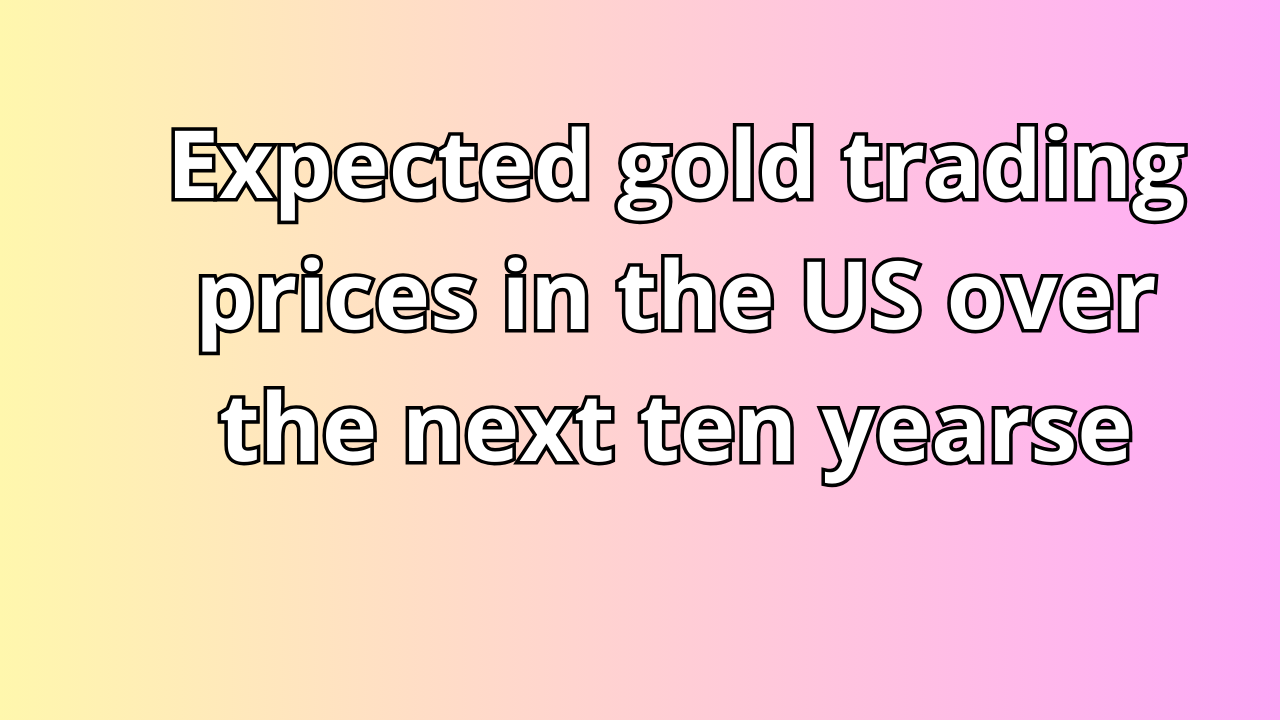Expected gold trading prices in the US over the next ten years
Predicting gold trading prices over the next ten years involves significant uncertainty due to various factors such as economic conditions, geopolitical events, inflation rates, central bank policies, and shifts in demand and supply. While specific price forecasts may vary, here are some general trends and considerations that could influence gold prices:
- Economic Uncertainty: Periods of economic instability or recession often lead to higher gold prices as investors seek safe-haven assets.
- Inflation and Interest Rates: Gold tends to perform well during times of high inflation or when real interest rates are low or negative.
- Geopolitical Events: Tensions such as wars, trade conflicts, or political instability can increase demand for gold as a store of value.
- U.S. Dollar Strength: Gold prices often have an inverse relationship with the strength of the U.S. dollar. A weaker dollar could lead to higher gold prices.
- Central Bank Policies: Actions by the Federal Reserve and other central banks, such as quantitative easing or rate cuts, can impact gold prices.
- Technological and Industrial Demand: Gold’s use in technology, electronics, and renewable energy could influence its long-term demand.
- Supply Constraints: If global gold production declines due to resource depletion or higher extraction costs, prices could rise.
Potential Price Scenarios (Illustrative):
- Bullish Case: If inflation remains high, central banks continue accommodative policies, or geopolitical tensions escalate, gold prices could reach $2,500–$3,000 per ounce or higher by 2033.
- Base Case: Moderate economic growth and stable inflation could see gold prices hovering between $1,800–$2,200 per ounce over the next decade.
- Bearish Case: Strong economic recovery, rising real interest rates, and reduced demand for safe havens might push gold prices below $1,500 per ounce.
Key Takeaway:
Gold prices are highly sensitive to macroeconomic and geopolitical factors, making long-term predictions speculative. Investors should monitor trends regularly and diversify their portfolios to manage risks effectively. Consulting financial analysts and using professional forecasting tools is recommended for more precise investment strategies.



